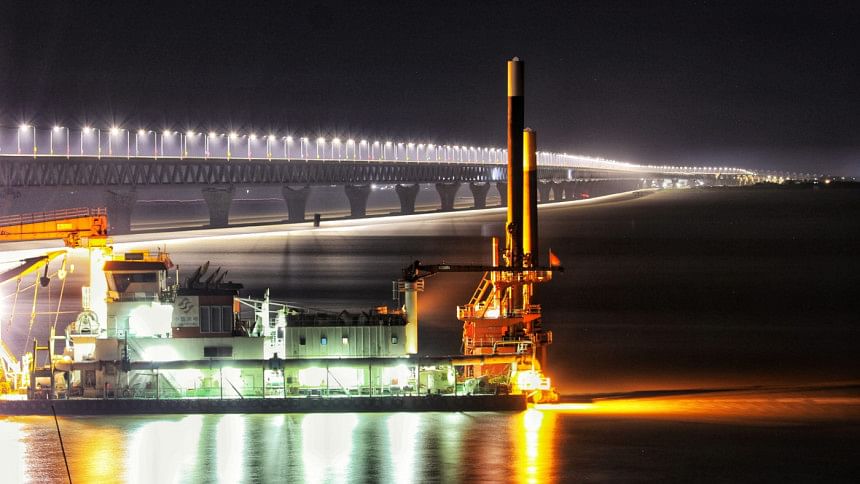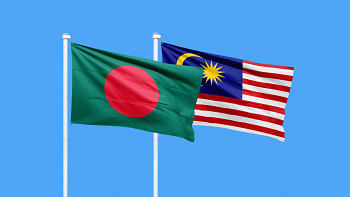“Padma Bridge marks a new beginning of Bangladesh’s improved connectivity”

Bangladesh is a vital crossroads in Southeast Asia. It borders India on land on three sides and has major ports in the Bay of Bengal. The country is also a part of the Asian Highway network, connecting 32 Asian nations to Europe, reports RealClearPolitics, in an article penned by Sajeeb Wazed.
In June, Bangladesh unveiled the Padma Bridge to the world, further enhancing the country's connectivity.
Located nearly 68km from Dhaka, the bridge links the southwest districts of Bangladesh to the rest of the country.
The travel has been drastically reduced between Dhaka and major business centres in Khulna, Jashore, and Barishal.
The bridge not only carries trucks and cars, but the structure has high pressure gas transmission lines and fiber optic cables embedded into it. By providing such essential physical and digital infrastructure and giving easy access to new markets for farmers, the bridge is expected to boost Bangladesh's annual Gross Domestic Product (GDP) by 1.2 percent.
The double-layer, steel-truss span incorporates a four-lane highway on an upper level with a single-track railway on the lower level, making it an engineering marvel. Steel piles bored 400ft into the riverbed support the bridge, a record for all bridges in the world. Modern friction pendulum bearings support the steel superstructure and the concrete pier foundation, reads the article.
Discussions about a "Padma Bridge" date back to Bangladesh's independence in 1971 when a feasibility report was submitted suggesting that such a project would help the new country's economy grow.
"My grandfather Sheikh Mujibur Rahman, the first president of Bangladesh and Prime Minister from 1972-1975, even announced the construction of a bridge over the Padma River during his tenure. But that dream was stolen from Bangladesh when he was assassinated along with most of his family. My mother Prime Minister Sheikh Hasina, the daughter of Sheikh Mujibur Rahman, survived by being out of the country at the time of the assassination, and continued to pursue the dream of a connected Bangladesh. For my tenacious mother, who has survived other assassination attempts over the years including a grenade attack, little can stand between her and her goals for Bangladesh," writes Sajeeb Wazed.
"So when international lenders like the World Bank, the Japan International Cooperation Agency, the Asian Development Bank and the Islamic Development Bank withdrew funding for the bridge over claims that the World Bank had uncovered massive corruption in connection with the project, my mother remained adamant that the bridge would be built," he added.
Contrary to the World Bank's claims, a Canadian court found no evidence of corruption in the project and dismissed all charges. The court characterised the "evidence" of corruption as "gossip and rumour".
However, the damage was done with the international funding drying up, and hence, Bangladesh decided to go for it alone. The Bangladesh government put up the entirety of $4 billion to pay for the bridge's construction. As Prime Minister Hasina said: "We will prove to the world that we are not beggars, but achievers. We will bow to none."
"Bangladesh did not beg or bow, but it did achieve. Padma Bridge marks a new beginning of Bangladesh's improved connectivity," writes the prime minister's ICT adviser.
The additional connectivity of Padma Bridge and Digital Bangladesh has been made possible by rapidly increasing power generation. Electricity, once available in 47 percent of the country in 2009, covered 99 percent of the country in 2020.
As Bangladeshis are connecting themselves to the world and to each other by the day, it is one of the great success stories of Asia.

 For all latest news, follow The Daily Star's Google News channel.
For all latest news, follow The Daily Star's Google News channel. 



Comments